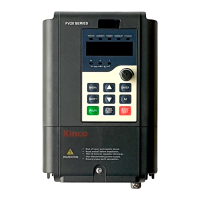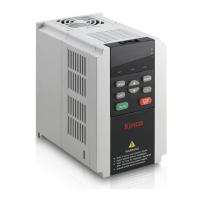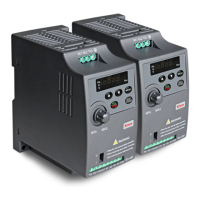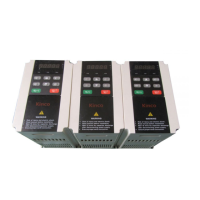Preface
Thank you for using FV20 series Variable Frequency Drive made by Kinco Automation.
FV20 series inverter is a general-purpose high-performance vector inverter, which is mainly used to control
and adjust the speed and torque of three-phase AC asynchronous motor. It is a technical upgrade product of
FV100 series. FV20 adopts high-performance vector control technology, low speed and high torque output,
good dynamic characteristics, superior overload capability, those 45KW and below has built-in EMC filter
and brake unit, added user programmable function and background monitoring software. Support a variety of
PG cards, combined rich and powerful features, stable performance. It can be used in textile, paper, wire
drawing, machine tools, packaging, food, fans, pumps and various automated production equipment.
This manual provides information on model selection, parameters setting, trouble-shooting, and daily
maintenance. To ensure the correct installation and operation of FV20 series, please read this manual
carefully before starting the drive and keep it in a proper place and to the right person. Manufacturers should
follow the instructions in CN. and EN. version and Send it to the end-user for reference.
To illustrate the details of the product, the illustrations in this manual are sometimes in the state of
removing the cover or safety cover. When using this product, be sure to install the cover or cover as
required and follow the instructions in the manual.
The illustrations in this manual are for illustrative purposes only and may differ from the products you
ordered.
The company is committed to continuous improvement of products, product features will be continuously
upgraded, and the information provided is subject to change without notice.
If you have any problems in use, please contact our regional agents or directly contact our customer
service center. Customer Service Phone: 400-700-5281。






